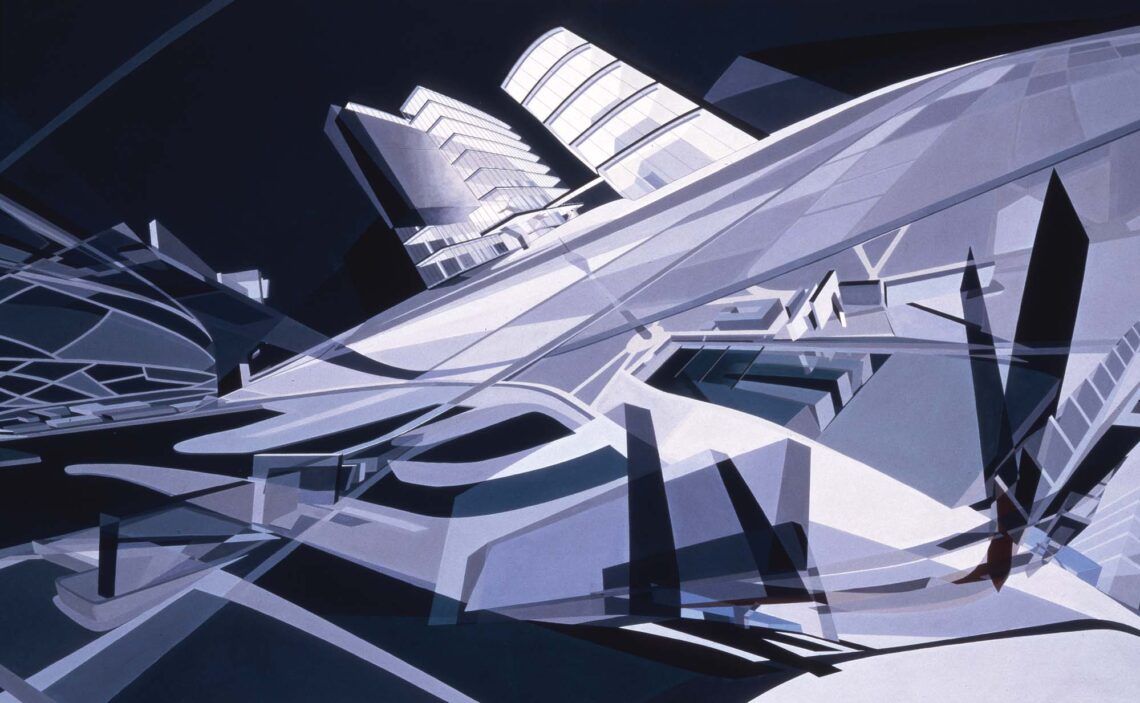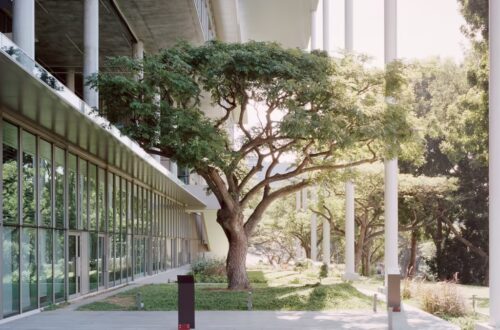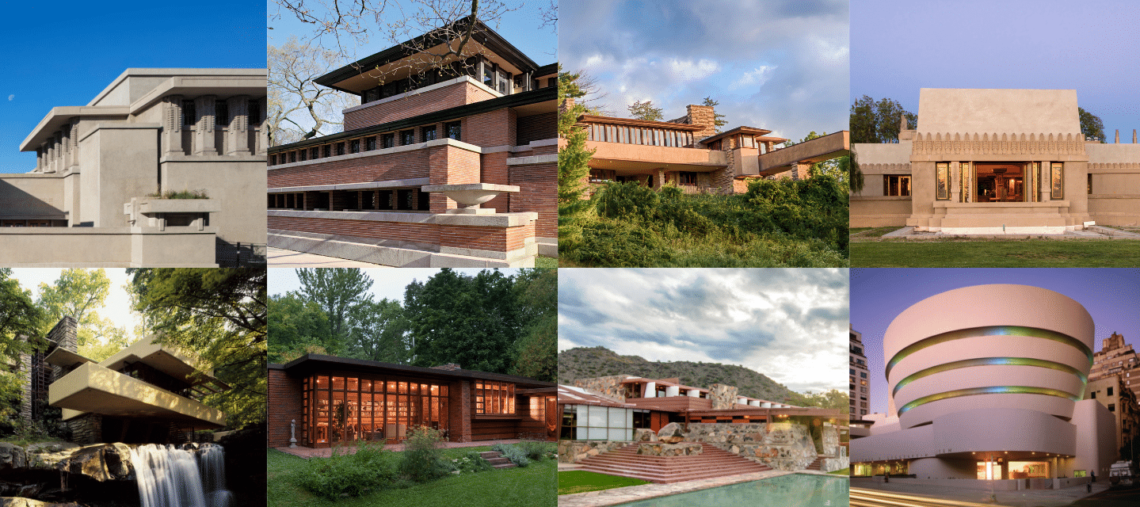-
Everything you need to know about avant-Garde architecture
Similar to modernism, Avant-garde architecture is a unification of art with life. Starting in the 19th to 20th century, it was rather disruptive, radical and controversial, fighting against consensus and looking for disruption. Taken literally, the avant-garde refers to the front of a marching army, the scouts that first head into unknown territory. Today, this form of artistic and architectural style radicalises the basic principle of modernity: the urge toward continual change and development. Origins of Avant-Garde architecture Political, economic and socialist theorist Henri de Saint-Simon was the first one who drew the analogy between radical art practices and an advancing military formation: “We artists will serve you as an…
-
Everything You Need To Know About Brutalist Architecture – Origins, Characteristics, Pioneers
Perhaps one of the most controversial styles of architecture, brutalism is likely what people imagine when they envision prisons – with its cold and imposing exteriors. However, brutalist architecture also remains as one of the most divisive architectural styles of the modern age – often inspiring strong emotions. With numerous examples of brutalism displayed in buildings and structures, the style has both historical significance and popularity today. In this article, we will discover the historical impact of brutalism, study the ideas and defining characteristics behind this look and explore a few famous examples of brutalist architecture around the world. The Origins of Brutalism Brutalism originated as a style of building…
-
The History of Modern Architecture
“Modern architecture is not a style, it is an attitude” MArcel Breuer Introduction In short, modern architecture is a style of building that emphasises heavily on function. It usually involves sharp, clean lines that strays away from the styles of Victorian, Queen Anne, and Gothic Revival. Modern architects work in ways that focus more on a building’s functionality and utility, rather than its beauty. It is unsentimental, unlike revivalist style, and instead, bears innovation and minimalisms. Origins The dawn of modern architecture came at a time where revolutions in technology, engineering and building materials were taking place. When hand-laboured craftsmanship was being replaced by machineries and industrialisation. It emerged at the…








